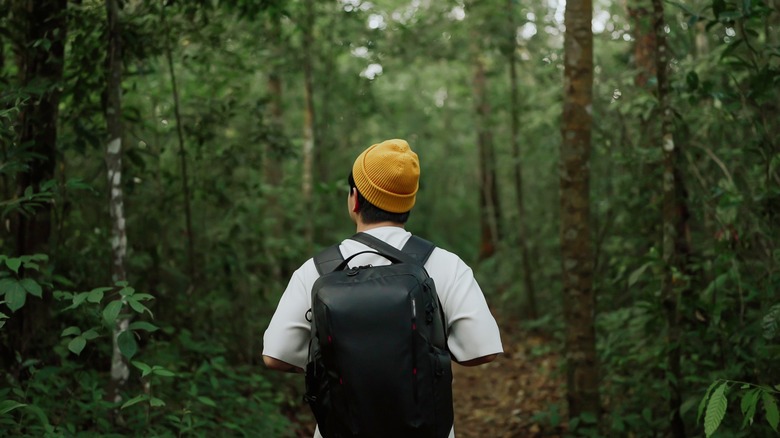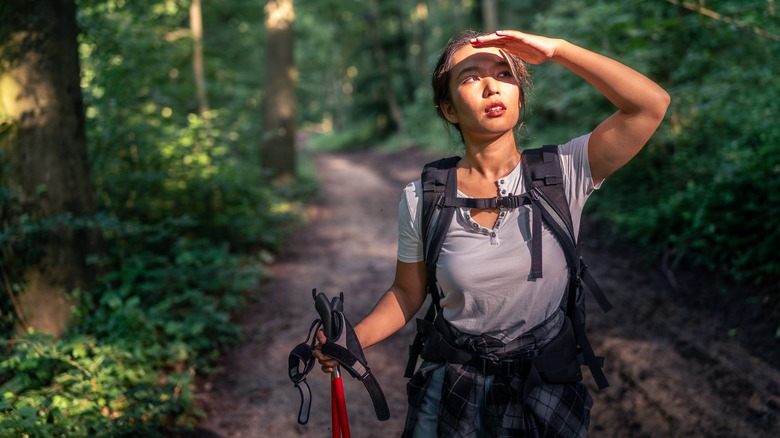What Is The STOP Method And How Can It Help You If You're Lost In The Woods?
The STOP method is a widely recommended strategy for anyone who finds themselves lost in the wilderness, offering a structured approach to help you regain control in a potentially dangerous situation. The acronym stands for Stop, Think, Observe, and Plan. Each step guides you through critical actions to avoid panic and increase your chances of survival. The first step, "Stop," encourages immediate stillness. The moment you realize you're lost, it's important to resist the natural urge to wander aimlessly. Moving without a plan can lead to further disorientation and exhaustion, both of which can drastically reduce your chances of making it out safely. By stopping, you allow your mind to settle, preventing panic from clouding your judgment.
After stopping, the next step is to "Think." This is where you assess your situation calmly. Remembering how you got to your current location is key here. Retracing mental steps can help clarify how far you might have strayed and whether you can still make use of natural markers like rivers, which are invaluable when lost. Rivers typically flow downhill and may lead to settlements or roads, which could help you find your way out. If no immediate exit route comes to mind, "Think" also includes assessing what you have with you, from supplies to knowledge about the area. Every detail can be important, whether it's recalling the last known landmark or how to use natural features to your advantage.
How the STOP method helps create a survival plan in the wilderness
The next step, "Observe," takes this reflection further by examining your surroundings carefully. Pay attention to potential clues like a nearby water source, the direction of the sun, or even patterns in the vegetation. Observation also involves spotting signs of human activity, like footprints, trails, or distant noises.
Once you've stopped, thought about your situation, and carefully observed your surroundings, the final and most crucial step is "Plan." This is where all the information you've gathered comes together to form a strategy. A well-thought-out plan might involve creating a shelter, conserving food and water, or determining the safest direction to move. In some cases, it might be better to stay put and make your location more visible. One helpful survival tool in this context is the "find-me cross" which allows you to keep your bearings while discovering a way to safety.
A key advantage of the STOP method is that it helps you avoid unnecessary risk. For example, aimless wandering can waste energy and cause further disorientation. By planning before taking action, you increase your chances of making deliberate, well-calculated moves. You can also incorporate tools like the toothpick and analog watch trick or use physical features such as rivers to find your way to safety.

